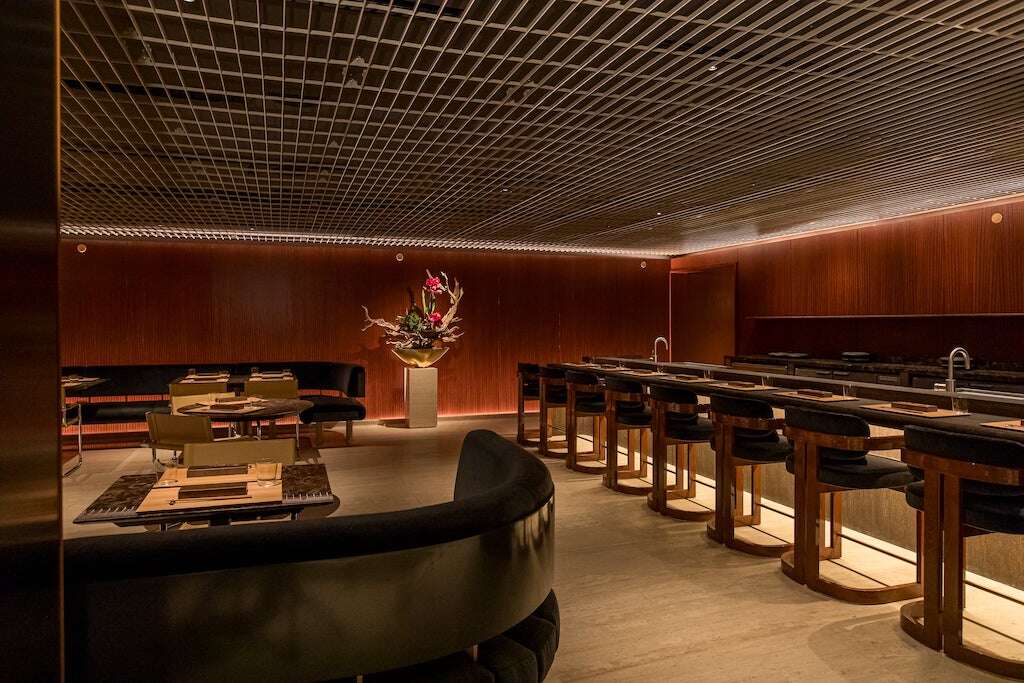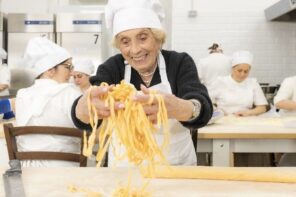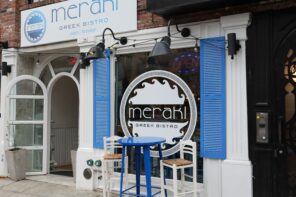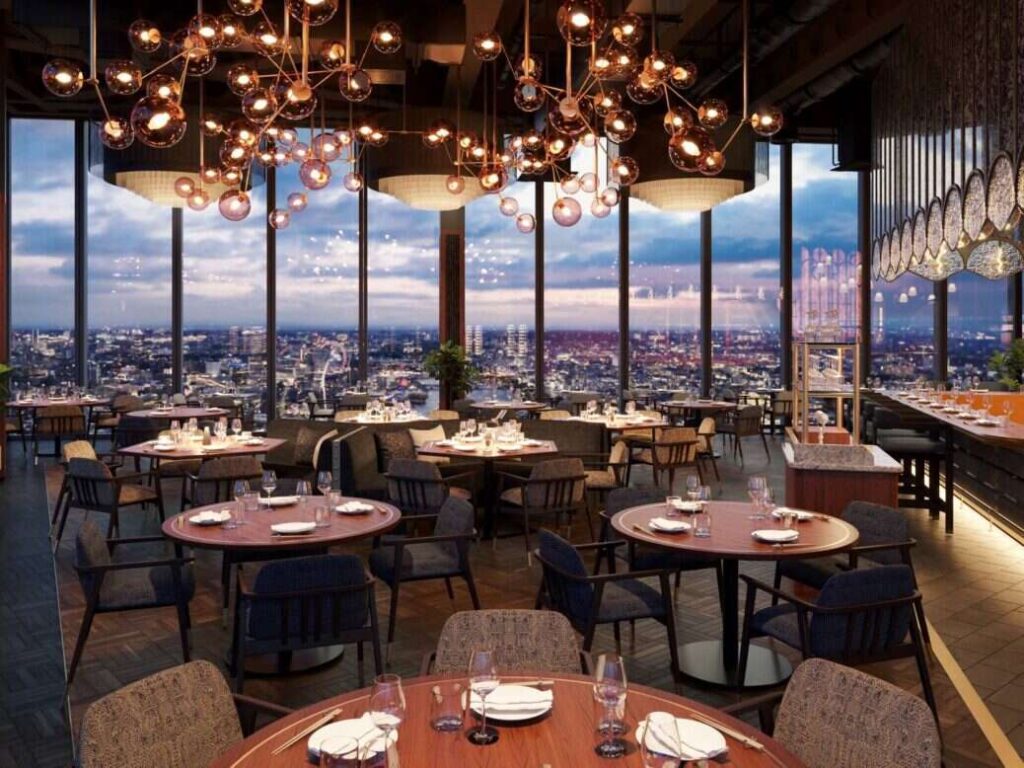Several years ago, the sophisticated Japanese restaurant situated on the lower floor of The Prince Kitano New York hotel at 66 Park Avenue closed its doors. For months, the space remained tranquil. However, last night marked the grand reopening, presenting hakubai—a newly refined Japanese culinary establishment.
Following the principles of kaiseki, a traditional Japanese approach to serving food, akin to the well-known omakase, hakubai offers a tasting menu format. This format consists of a series of small, seasonally driven dishes delivered in quick succession, embodying the essence of this culinary tradition.
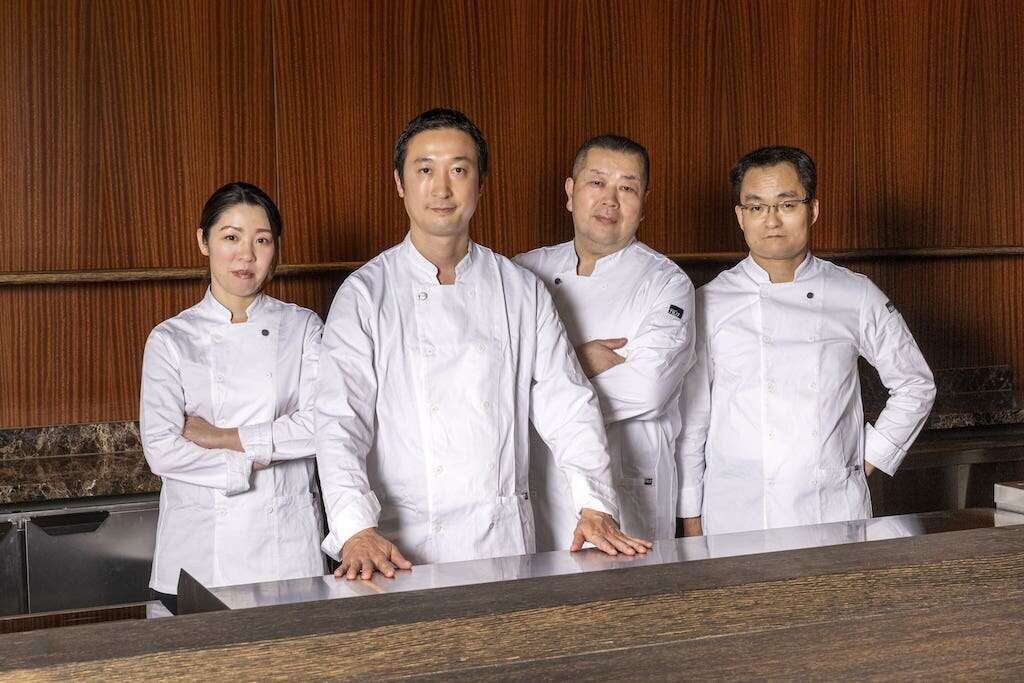
Hakubai is the latest addition to the ongoing trend of high-end Japanese restaurants captivating affluent New Yorkers, with no signs of the trend slowing down. To ensure an authentic representation of Japanese cuisine, hakubai’s kitchen is led entirely by a team of Japanese chefs meticulously selected by Seibu Prince Hotels Worldwide, a renowned Japanese operating group, for their individual skills.
Executive Chef Jun Hiramatsu, along with Head Chef Keisuke Otsuka, Head Pastry Chef Tadashi Netsu, and Chocolatier and Pastry Chef Mariko Hosokawa, collaboratively crafted a menu that seamlessly blends modernity with traditional principles.
Following the kaiseki tradition, hakubai exclusively serves a tasting menu (though there are whispers of a possible à la carte option), featuring 11 courses that showcase time-honored techniques such as decorative vegetable cutting and kama rice pot cooking. Each dish is crafted based on seasonal availability, adhering to the philosophy of “shun,” where every ingredient is used at the peak of its flavor.
The culinary journey begins with the sakizuke, equivalent to the French amuse-bouche, presenting a Hokkaido snow crab miso with finger lime pearls and alyssum flowers, elegantly presented in a crimson-colored cut glass. While meat and fish take prominent roles (including a grilled A5 Wagyu and a sashimi course), vegetables also command attention. The fifth course, featuring winter vegetables, transforms a tender turnip into edible art, delicately carved to reveal the shape of Japan’s national flower, the Chrysanthemum.
The signature oshokuji course centers around rice, commencing with rich miso soup and leading to Tsuyahime rice served in three variations, each celebrating its subtle flavors and versatility.
In addition to prioritizing the culinary experience, Chef Hiramatsu and his team pay homage to Japan’s famous craftsmanship through elegantly crafted traditional ceramics and glassware. Unlike many of New York’s intimate high-end Japanese restaurants, hakubai accommodates a larger audience with 71 seats, including two kitchen-front dining counters, two private dining rooms, and a cocktail bar scattered around the moodily-lit basement restaurant.
The restaurant’s design, orchestrated by Modellus Novus, draws inspiration from Modernist principles to breathe life into the intentionally understated dining room. Referencing styles from the 1940s through the 60s, the furnishings, emboldened ceiling with a metal grille, and subtly paneled mirrors and bronze walls contribute to the overall sophisticated ambiance.

